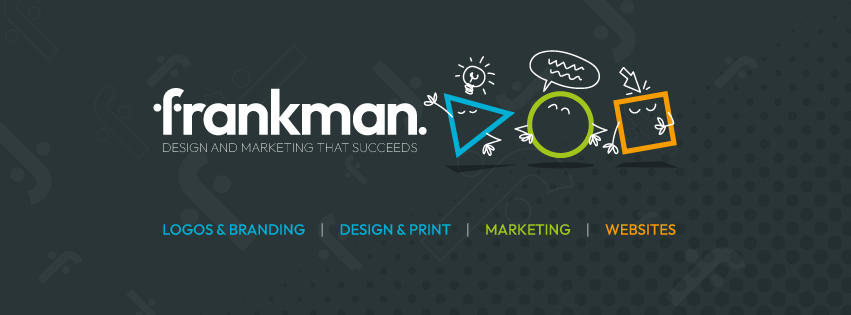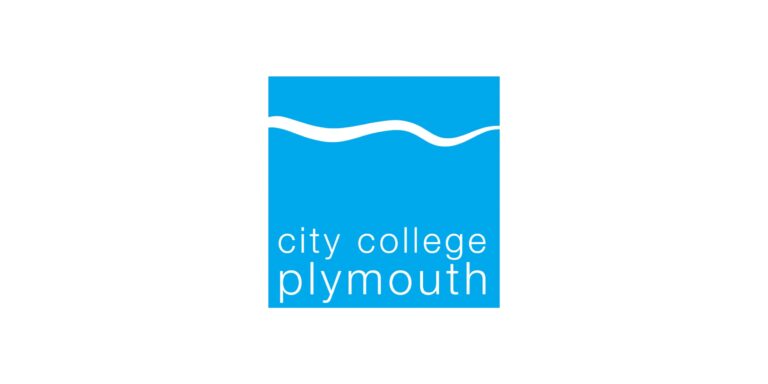7 Common Website Mistakes That Could Be Turning Your Customers Away!
By Maggie Taylor, Frankman – Platinum Member.
7 Common Website Mistakes That Could Be Turning Your Customers Away!
Your website is often the first impression your potential customers will have of your business. But what happens when your site isn’t delivering the right message, or worse, turning customers away? Here are seven common mistakes that could be costing you business, along with tips on fixing them.
1. Poor Mobile Optimisation
With a significant amount of web traffic now coming from mobile devices, your website must be mobile-friendly. If not, you could be providing a frustrating experience that drives visitors away. Imagine someone attempting to navigate your website on their phone, only to be greeted with broken elements, unreadable text, or slow loading times. They’re more likely to click away than to stick around.
To check your own site, simply view it on a mobile phone or reduce the size of your browser window to mimic a smaller screen. If things appear out of place or difficult to interact with, we would recommend addressing this as a priority. The goal is to ensure a seamless experience, no matter what device your visitors are using.
2. It’s Unclear What You Do
When someone lands on your homepage, they should immediately understand what your business offers and how it benefits them. If your message is unclear or buried under jargon, you’re likely losing potential customers. Think of it as the ‘Caveman Test’ – if even a caveman could understand your offering in just a few seconds, you’ve nailed it.
Visitors want to know, “What do you do? How can it improve their life? And most importantly, how can they buy from you?” If your homepage is filled with vague statements like “We provide innovative solutions for a better tomorrow,” you’re missing the mark. Be clear and concise, and let visitors know exactly how you can help them.
3. Slow Loading Speeds
We’ve all experienced the frustration of waiting for a website to load. In fact, many visitors won’t even wait – they’ll simply leave and find a faster alternative. Research shows that websites with slow loading speeds not only have higher bounce rates but also rank lower in search engine results, meaning you’re losing customers before they even see your content.
To test your site’s speed, you can use tools like Google’s PageSpeed Insights (https://pagespeed.web.dev/). Aim for a score above 75 for optimal performance. If your score falls below this, it’s worth investigating ways to speed things up, such as compressing images, minimising code, or upgrading your hosting plan.
4. Overly Complicated Navigation
Visitors should be able to find what they’re looking for quickly and easily. If your site is cluttered with too many pages or confusing navigation menus, people are likely to get frustrated and leave. Simplicity is key – focus on clear, intuitive navigation that directs users to your most important pages.
For instance, if you have more than eight items in your top menu, it might be time to streamline. Consider moving less critical pages like “Careers” or “Meet the Team” to the footer of your site, where visitors can still find them if needed. Keep your top menu focused on the areas that drive conversions, such as your services or products.
5. Legal Compliance and Security Issues
One of the most overlooked aspects of DIY websites is compliance with legal requirements and security standards. A website that lacks essential legal pages such as a Privacy Policy or Terms and Conditions can put your business at risk. Moreover, sites that aren’t secured with an SSL certificate (indicated by the ‘https’ and padlock symbol in the URL) are flagged as insecure by browsers, damaging your credibility and trustworthiness.
If your website collects any personal data, whether through contact forms or email subscriptions, you MUST have a Privacy Policy in place. Terms and Conditions are also essential if you sell products or services online, outlining your policies on refunds, returns, and service guarantees.
6. Weak Calls to Action (CTAs)
Your website should guide visitors on what to do next, whether it’s contacting you, making a purchase, or signing up for a newsletter. If your calls to action (CTAs) are weak or nonexistent, visitors may leave without taking any action at all.
People need direction – make it easy for them to engage with your business by using clear, direct CTAs. If your site only has a ‘Contact Us’ button, you’re missing opportunities. Instead, incorporate multiple CTAs that prompt visitors to take specific actions, such as filling out a form, requesting a quote, or downloading a resource.
7. Not Displaying Key Information, Like Contact Details or Prices
Many business owners shy away from displaying prices on their websites, worried about competition or scaring off potential customers. However, transparency is key. Visitors want quick access to essential information – such as how to contact you or how much your services cost. If they have to hunt for these details, they’re more likely to leave and look elsewhere.
Consider this from a customer’s perspective: if you were browsing a website and couldn’t find pricing information, would you wait around to contact them, or would you move on to the next option?
Transform your website into a lead-generating machine
If your website isn’t performing as well as you’d like, now is the perfect time to turn things around. Our FREE Website & SEO Power Hour is designed to help you transform your site into a lead-generating machine.
In just one hour, we’ll dive into key areas like:
-
Improving your ‘Above the Fold’ content
-
Creating effective calls to action
-
Clarifying your message to engage visitors
-
Checking your current website rankings
-
Uncovering keyword search intent to drive the right traffic
-
Boosting your online visibility
Don’t let your website hold you back! Book your 1-2-1 session now and discover practical, actionable strategies to enhance your website’s performance. Visit https://frankman.co.uk/webcheck/ and start attracting more enquiries today!

Meet Maggie Taylor
Finalist for Small Business Leader of the Year 2023 at the Devon Women in Business Awards.
“Maggie’s advice on marketing and design is always spot on, and working with Frankman has transformed our business presence.”
With over 30 years of experience in the marketing industry, Maggie has seen the landscape evolve from the early days of Internet marketing to today’s digital and AI transformation. Alongside her Creative Director and the Web Team at Frankman, Maggie delivers expert support in every aspect of business growth, from print and design to online strategies.








Really useful tips that I have already used to review my website and the DWIB one! Thanks, Maggie.